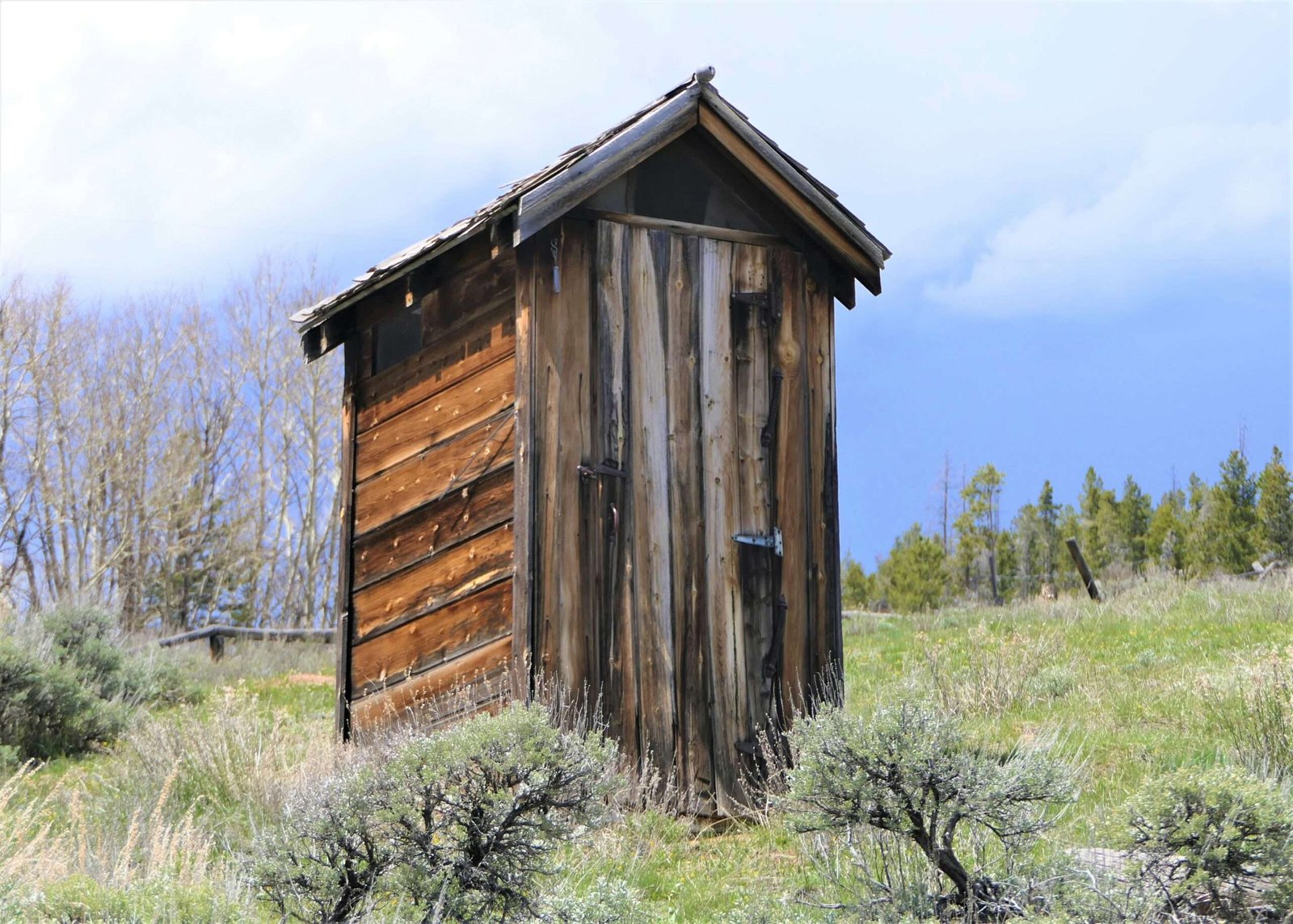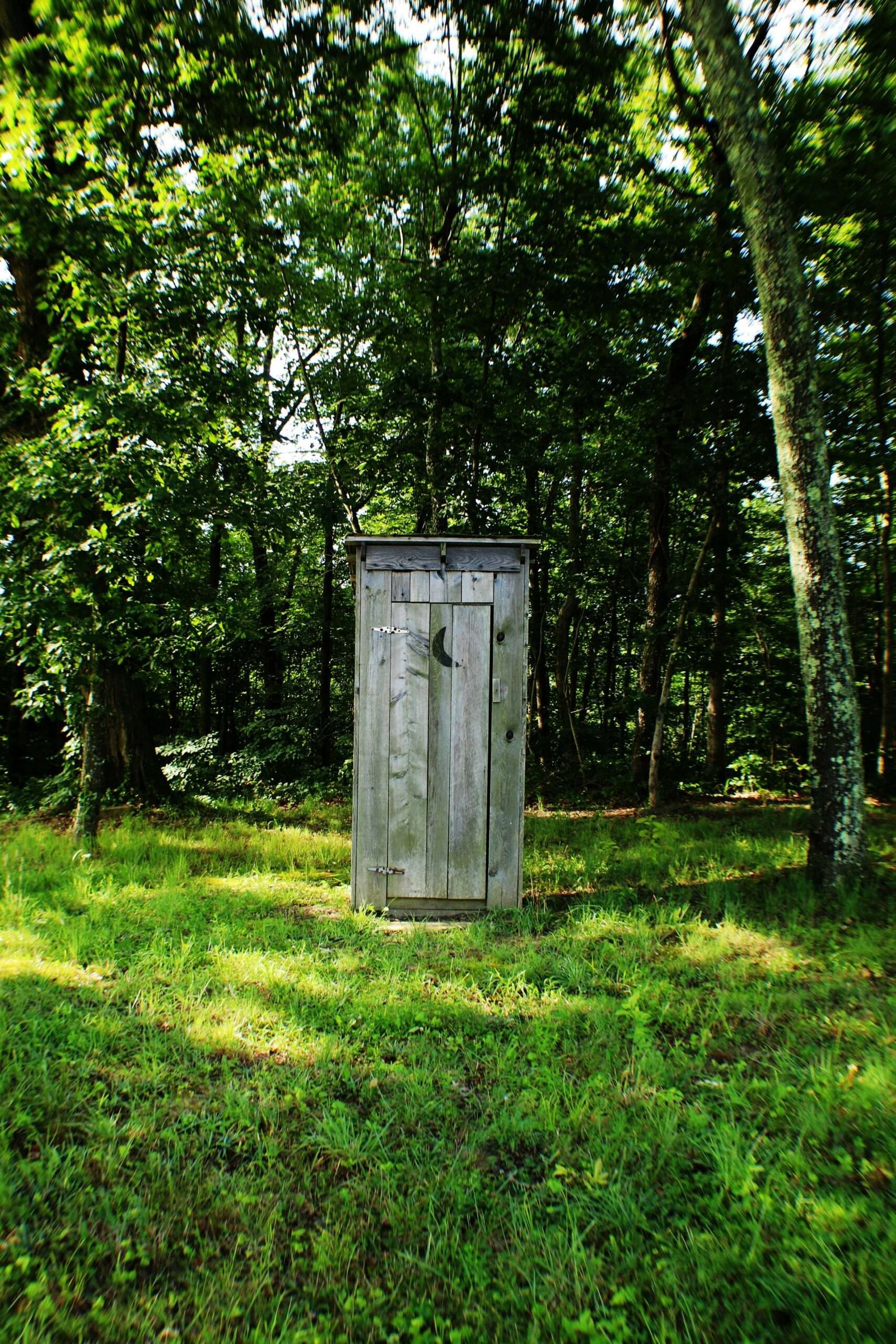
Introduction to Outhouses
The Evolution of Outhouses: A Glimpse into History
Introduction to Outhouses
Outhouses, often considered a relic of the past, serve as a significant part of human history, particularly in the realm of sanitation. Primarily functioning as outdoor toilets, these structures were essential in providing privacy and convenience for individuals in rural settings and those without access to modern plumbing. The outhouse symbolizes a time when sanitation practices were evolving and reflects broader societal norms and behaviors related to hygiene and gender roles.
Culturally, outhouses represent more than mere functional facilities. In many communities, they served as vital social hubs, where neighbors would gather and share conversations, thereby reinforcing community bonds. The design and construction of an outhouse varied significantly depending on geographic location, available materials, and personal preferences, showcasing the diversity of practices across different cultures. Distinct variations, such as the pit toilet or the composting toilet, emerged based on local environmental needs and sanitation standards.
Throughout history, the perception of outhouses has shifted dramatically. Once seen as essential, they gradually became associated with less modernized living conditions as indoor plumbing became prevalent in the 20th century. Despite their decline in everyday use, outhouses have experienced a resurgence in interest within historical and ecological contexts. Many people now appreciate their simple design and the environmentally friendly principles behind some types of outhouses, particularly composting toilets that promote sustainability.
The cultural significance of outhouses and their historical role in sanitation practices offers necessary insight into their evolution. Understanding their journey from primary sanitation facilities to nostalgic symbols of simpler times is crucial for recognizing the broader shifts in societal attitudes towards public health and environmental sustainability.
The Historical Origins of Outhouses
The concept of the outhouse, a simple yet effective structure for waste disposal, finds its roots in ancient civilizations. From the dawn of human society, sanitation has been a fundamental requirement for public health and environmental sustainability. Early settlements utilized rudimentary toilet systems that often consisted of pits or shallow holes covered with wooden structures, marking the initial attempts at privacy and sanitation in waste management.
In ancient Mesopotamia, around 2500 B.C., the earliest known toilets were uncovered. These featured systems of drains and canals that allowed for the removal of waste, showcasing an understanding of hygiene not commonly associated with antiquity. Similarly, the Indus Valley Civilization had sophisticated drainage systems, providing evidence of advanced engineering and sanitation practices. The presence of latrines in homes indicates the cultural emphasis on cleanliness.
As we explore ancient Egypt, we find that the elite class employed primitive versions of outhouses made from stone or clay, often equipped with a seat and a connected drainage system to divert waste. This reflects the Egyptian understanding of disease prevention and the importance of maintaining hygiene in urban centers. Moreover, the Romans further developed the concept of communal latrines and public toileting rings integrated with their aqueduct systems, allowing multiple users access to sanitation in a clean and organized manner.
In medieval Europe, the transition from sophisticated systems to the more rudimentary structures known as ‘privies’ occurred, primarily inspired by the necessity of privacy. By the 16th century, these privies evolved into the outhouse structures more familiar to us today, often a wooden shed over a pit. This evolution mirrors societal changes, as improved understanding of health and hygiene led to the more structured approach to waste disposal seen throughout history.
The Design and Structure of Outhouses
The design and structure of outhouses have evolved significantly over time, influenced by cultural practices, environmental factors, and available materials. Traditionally, outhouses were simple structures, often built using locally sourced materials. Wood was the predominant choice owing to its accessibility; however, in regions where timber was less prevalent, alternatives such as stone, brick, and adobe were utilized. Each material brought unique characteristics affecting durability and insulation, demonstrating a clear adaptation to regional climates.
Architectural features of outhouses were often dictated by geographic location and cultural norms. For instance, in colder climates, designs included elements such as sloped roofs to prevent snow accumulation, while in warmer areas, openings for ventilation were critical for odor management. Additionally, the size and layout of outhouses varied widely. In rural settings, structures typically consisted of a single stall for outdoor privacy; however, some designs incorporated multiple stalls to accommodate larger families or community usage.
Moreover, functional aspects greatly influenced outhouse designs. For example, many historical outhouses included a crescent moon symbol on the door, which served both aesthetic and practical purposes, providing a visual indicator of gender and enhancing privacy. The interior layout frequently featured a bench with strategically placed holes, designed to maximize comfort and hygiene while minimizing exposure to the elements. Over time, these structures also adapted to incorporate rudimentary sanitation practices, such as raised platforms and ash pits for waste management.
In conclusion, the evolution of outhouses exemplifies how design is shaped by environmental constraints, cultural customs, and functional requirements. The diverse architectural features present in outhouses represent a fascinating intersection of history and practicality, underscoring the significance of this once ubiquitous structure in human society.
Outhouses in Rural Life
Outhouses were an integral part of daily life for families living on farms and in rural communities. Serving as outdoor toilets, they were often the primary means of sanitation before the advent of indoor plumbing. These structures were typically built at a distance from the main house to minimize odors and maintain hygiene. For families residing in remote areas, the outhouse was not only a necessity but also a reflection of rural life’s simplicity and resourcefulness.
In many cases, the location of the outhouse played a pivotal role in the routine of farm life. Families would incorporate trips to the outhouse within their daily schedule, using the journey as an opportunity to engage with their surroundings and check on livestock or crops along the way. The traditional outhouse often featured a seat with a hole above a pit that collected waste, necessitating periodic maintenance and emptying. This task could become a communal activity, fostering social interactions amongst neighbors as they assisted each other in upkeep.
Social life in rural communities often revolved around shared spaces, and outhouses, despite their functional purpose, were no exception. Children, accompanying their parents or siblings, would trade stories and engage in light-hearted banter during trips to the outhouse, creating opportunities for bonding. Moreover, at times, they served as informal meeting spots where neighbors might gather to discuss community events or local happenings, underscoring their significance beyond mere practicality.
As communities evolved and modern plumbing became widespread, the role of outhouses began to diminish. However, they remain a nostalgic symbol of a simpler time, reflecting the unique lifestyle of rural families. Despite the transition to contemporary sanitation systems, the historical importance of outhouses in rural life continues to be remembered and cherished.
Plumbing Advancements and the Decline of Outhouses
Throughout history, the evolution of sanitation practices has significantly influenced the design and placement of waste disposal systems. A pivotal turning point in this evolution was the advent of indoor plumbing, which emerged as a transformative technology in the late 19th century. As cities expanded and populations grew, the urgency for more efficient and hygienic waste management became apparent. Outhouses, often seen as the standard of the past, began to fall out of favor as the realization dawned that they posed various health risks.
The introduction of indoor plumbing systems not only revolutionized home construction but also prioritized public health. The availability of clean, running water was a substantial breakthrough, allowing residents to maintain improved sanitation practices. Consequently, advancements in plumbing technology included innovations like the flush toilet.


0 Comments